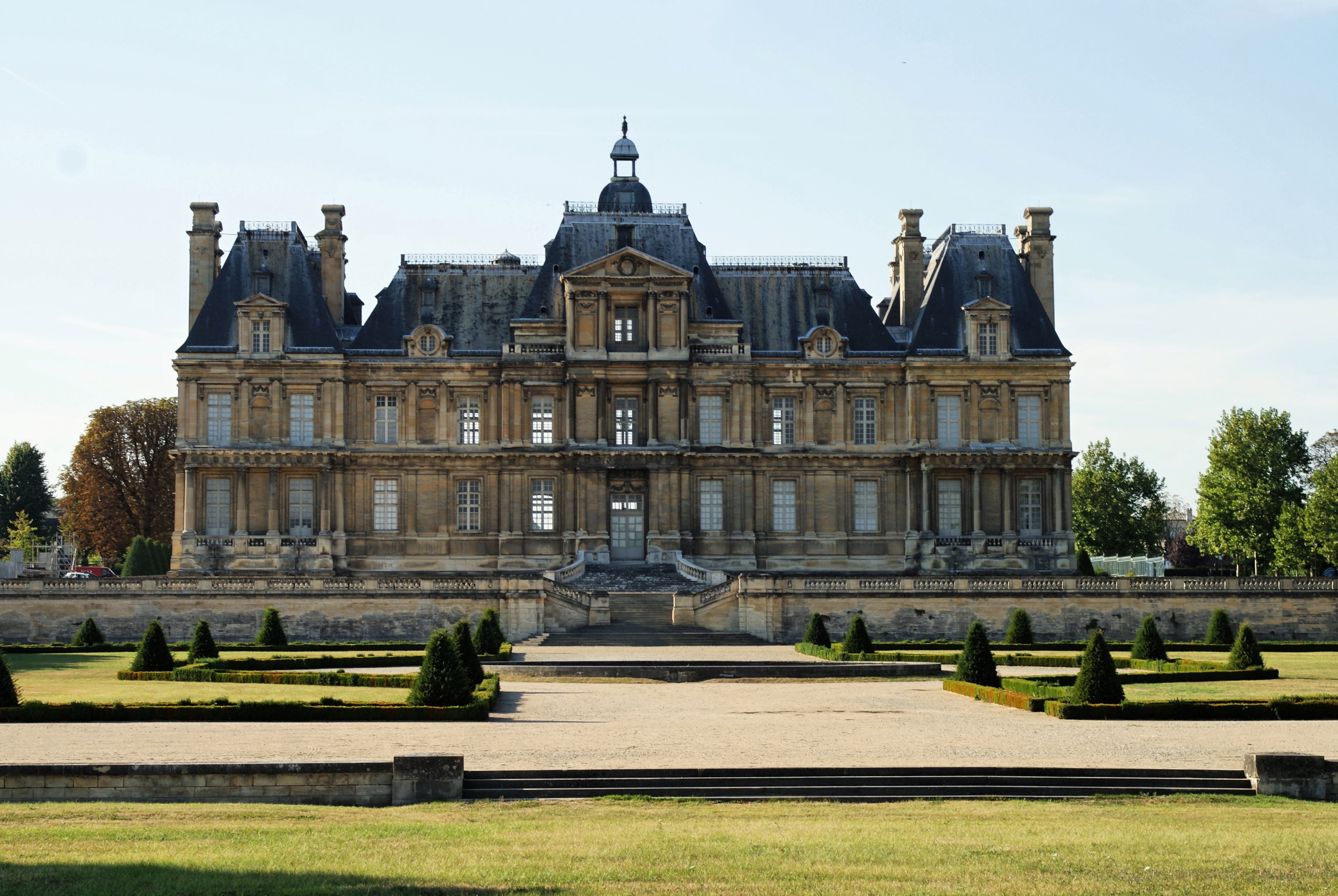Risalit on:
[Wikipedia]
[Google]
[Amazon]
 An ''avant-corps'' ( it, avancorpo or , plural , german: Risalit, pl, ryzalit), a French term literally meaning "fore-body", is a part of a building, such as a porch or
An ''avant-corps'' ( it, avancorpo or , plural , german: Risalit, pl, ryzalit), a French term literally meaning "fore-body", is a part of a building, such as a porch or
 An ''avant-corps'' ( it, avancorpo or , plural , german: Risalit, pl, ryzalit), a French term literally meaning "fore-body", is a part of a building, such as a porch or
An ''avant-corps'' ( it, avancorpo or , plural , german: Risalit, pl, ryzalit), a French term literally meaning "fore-body", is a part of a building, such as a porch or pavilion
In architecture, ''pavilion'' has several meanings:
* It may be a subsidiary building that is either positioned separately or as an attachment to a main building. Often it is associated with pleasure. In palaces and traditional mansions of Asia ...
, that juts out from the ''corps de logis
In architecture, a ''corps de logis'' () is the principal block of a large, (usually classical), mansion or palace. It contains the principal rooms, state apartments and an entry.Curl, James Stevens (2006). ''Oxford Dictionary of Architecture ...
'', often taller than other parts of the building. It is common in façades in French Baroque architecture
French Baroque architecture, sometimes called French classicism, was a style of architecture during the reigns of Louis XIII (1610–43), Louis XIV (1643–1715) and Louis XV (1715–74). It was preceded by French Renaissance architecture and Ma ...
.
Particularly in German architecture, a corner ''Risalit'' is where two wings meet at right-angles. Baroque three-winged constructions often incorporate a median ''Risalit'' in a main hall or a stairwell, such as in Weißenstein Palace and the .
Terms
By position to the building
A central avant-corps stands in the middle of the facade. A side projection is positioned off-centre. Two wings (usually) running at right angles to each other flow into a corner avant-corps.By function
Entrance risalit in which the entrance is located. Torrisalit, in which a gate or a gate passage is located.Terms from the environment
The reserve is the facade of the main alignment line of the building, which is receding compared to the front of the risalit. It is also known as Arrierecorps (Arrière-corps, French arrière corps: "behind the structure"). The frontispiece is the gable triangle above a central risalit.Sources
''Much of the text of this article comes from the equivalent German-language Wikipedia article retrieved on 18 March 2006.'' Ornaments (architecture) {{architecturalelement-stub